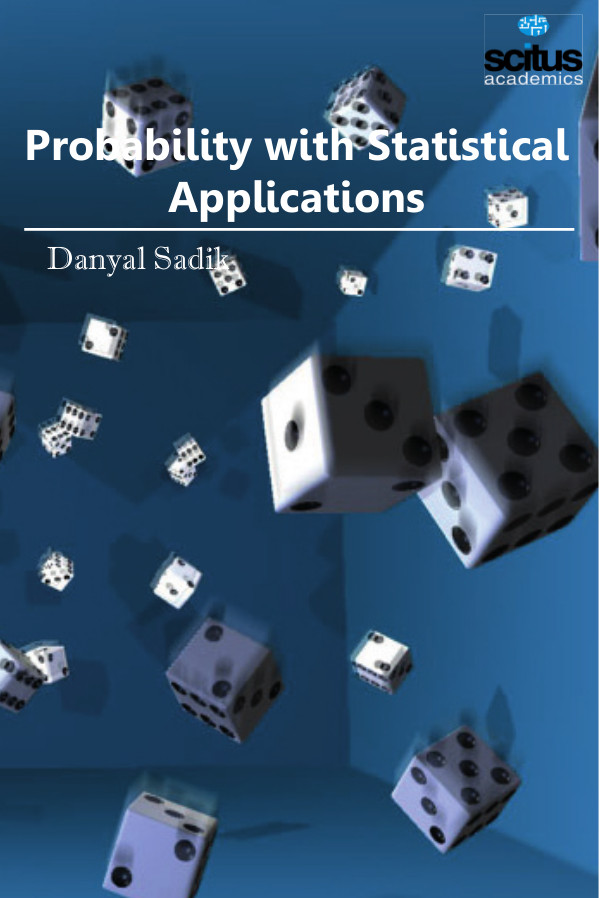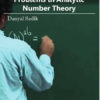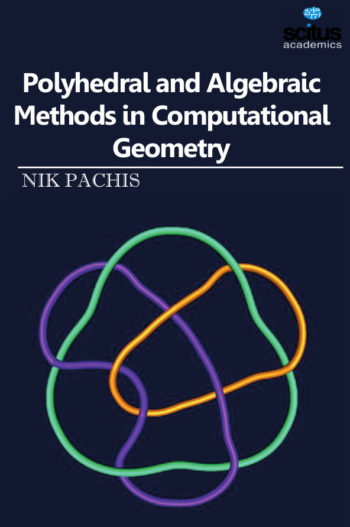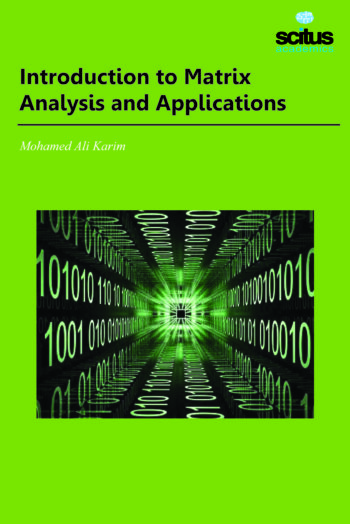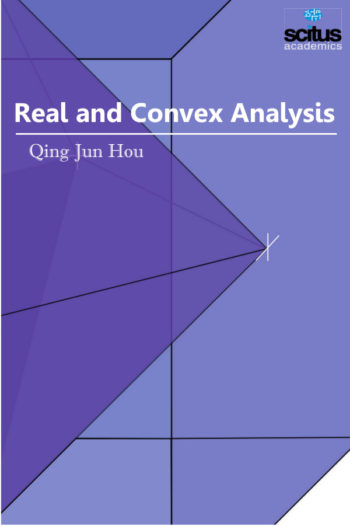Probability is the measure of the likelihood that an event will occur. Probability is quantified as a number between 0 and 1 (where 0 indicates impossibility and 1 indicates certainty). The higher the probability of an event, the more certain we are that the event will occur. Randomness and uncertainty exist in our daily lives as well as in every discipline in science, engineering, and technology. Statistics and probability are sections of mathematics that deal with data collection and analysis. Probability is the study of chance and is a very fundamental subject that we apply in everyday living, while statistics is more concerned with how we handle data using different analysis techniques and collection methods. These two subjects always go hand in hand and thus you can’t study one without studying the other. Probability theory is applied in everyday life in risk assessment and in trade on financial markets. Governments apply probabilistic methods in environmental regulation, where it is called pathway analysis. In addition to financial assessment, probability can be used to analyze trends in biology (e.g. disease spread) as well as ecology. As with finance, risk assessment can be used as a statistical tool to calculate the likelihood of undesirable events occurring and can assist with implementing protocols to avoid encountering such circumstances. Another significant application of probability theory in everyday life is reliability.
Probability with Statistical Applications features a wide range of important topics in modern probability theory and statistical applications. The book’s coverage is thorough, its presentation logical and geared to student’s needs. This book provides a versatile and lucid treatment of classic as well as modern probability theory, while integrating them with core topics in statistical applications.

